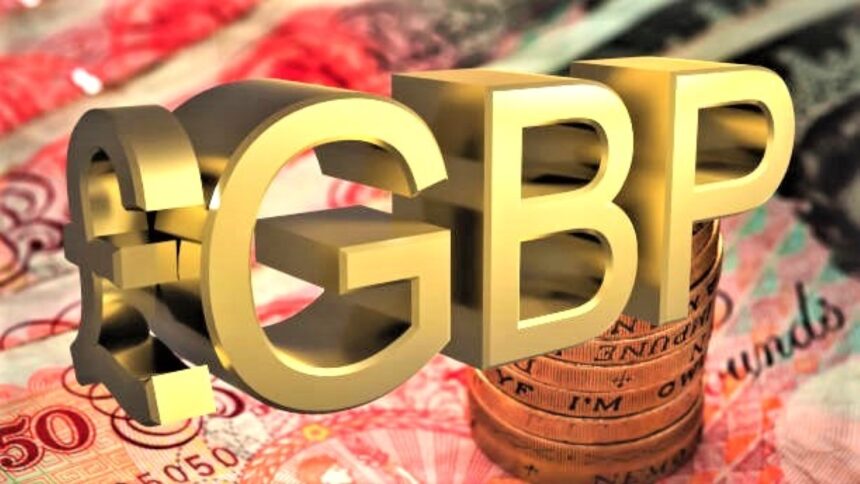Pound Sterling is marginally down against the US Dollar ahead of the US core PCE inflation report.
The Pound Sterling (GBP) is under pressure in Friday’s early London session, with the strong recovery from a four-day low near 1.2680 appearing to have lost impetus. The GBPUSD is trading cautiously ahead of the release of the United States’ core Personal Consumption Expenditure Price Index (PCE) data for April, which is scheduled for 12:30 GMT.
US PCE inflation is predicted to have stabilized in April.
The core PCE inflation statistics, which is The Federal Reserve’s (Fed) preferred inflation measure is expected to have climbed consistently by 0.3% and 2.8% on a monthly and yearly basis, respectively. Investors will pay close attention to this report since it could provide important clues regarding the Fed’s rate-cutting course.
The scenario of core PCE data meeting expectations is less likely to lead the Fed toward rate cuts in September. Since Fed policymakers have stated that they want to see inflation fall for months before considering a policy-normalization move. A higher-than-expected inflation estimate would have a big impact on market speculation about the Fed decreasing interest rates. Postponing the move until November, but low figures would increase the Fed’s chances of dropping key borrowing rates beginning in September.
Daily Market movers: Pound Sterling falls amid uncertainty Market sentiment.
The Pound Sterling has dropped to 1.2720 versus the US Dollar (USD). The Cable struggles to prolong its rebound as the US Dollar stabilizes. Following a sharp loss triggered by the downwardly revised US Q1 GDP report on Thursday. The US Bureau of Economic Analysis (BEA) revealed that the economy grew at a slower rate of 1.3% due to weaker consumer expenditure. Compared to a preliminary estimate of 1.6%.
Downwardly revised GDP forecasts weighed on the US dollar, and market speculation of the Fed cutting interest rates in September increased slightly beyond 50%. The core PCE inflation statistics will have a significant impact on Fed rate lowering prospects.
Meanwhile, Fed policymakers continue to stress keeping interest rates at their current levels until they get adequate proof. That inflation will stably return to the desired rate of 2%. On Thursday, Dallas Federal Reserve Bank President Lorie Logan said inflation is on schedule to return to 2%. But the route appears to be slower and bumpier than projected at the beginning of the year. Reuters reports. Logan also stated that it is too early to consider rate decreases.
UK business optimism rises as inflationary pressures ease and anticipation for BoE rate reduction grow.
On the United Kingdom (UK) front, the outlook for the economy has improved. As a Lloyds Bank survey revealed that easing pricing pressures and firm expectations for the Bank of England (BoE) to begin cutting interest rates sooner have boosted business optimism to its best level since November 2015.
Due to the lack of top-tier UK economic data. Investors are looking for developments. In the next elections. Exit polls indicate that the Labour Party will take power after nearly 15 years of conservative-led governments.
The Pound Sterling may remain modestly volatile due to market expectations for elections. But the impact on monetary policy is projected to be minimal. The prognosis for the UK economy may change if the Labour Party wins power, although its budgetary measures are expected to be conservative in order to limit any potential upside risk to price pressures.









